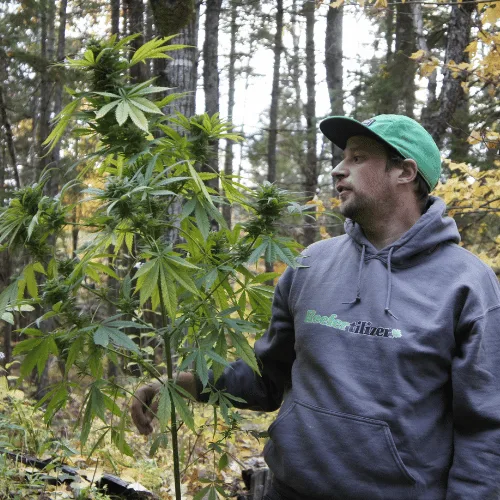Cannabis Clues
The Lifecycle of a Cannabis Business: Production to Profit
Starting a cannabis business is no walk in the park. The industry is heavily regulated, competition is fierce, and there are unique challenges you won’t find in other businesses. With all this, it’s easy to get overwhelmed. But don’t let that discourage you!
If you’re passionate about cannabis and have the drive to succeed, the opportunities are immense. This industry is booming, and there’s room for innovative entrepreneurs to make their mark.
According to Statista, the cannabis market is projected to experience a compound annual growth rate (CAGR) of 3.01% between 2024 and 2029, resulting in a market volume of US$75.09 billion by the end of the forecast period.
That said, this article will be your guide, helping you navigate the complexities and seize the opportunities. We’ll break down every step of the journey, from getting started to building a thriving business. So, let’s dive in!

Step 1: Understanding the Legal Landscape
Before you plant your first seed or open your doors, understanding the legal requirements is crucial. Every state has its own set of laws and regulations governing cannabis businesses. This covers everything from licensing and zoning laws to health and safety standards compliance.
For example, in Sacramento, California, the legal landscape for cannabis businesses is defined by both state regulations and local ordinances. The city requires cannabis businesses to obtain a Conditional Use Permit (CUP) and a Business Operating Permit (BOP) before operating.
Additionally, Sacramento mandates that cannabis cultivation sites be located at least 600 feet away from schools, daycare centers, and youth centers, reflecting the city’s commitment to community safety while supporting the growth of the cannabis industry.
Ensuring you’re fully compliant not only avoids legal pitfalls but also sets the foundation for a sustainable business.
Step 2: Cultivation, Production Quality, and Online Delivery
The success of any cannabis business largely hinges on the quality of its cultivation and production processes. Ensuring that the cannabis is grown under optimal conditions and processed using precise, clean methods leads to a superior product.
This commitment to excellence ensures that your products are potent and pure and consistently meet customer expectations. Once the quality is assured, the focus shifts to distribution.
Online weed delivery service has become a key method for reaching customers, especially those who prioritize convenience. In fact, many exciting weed delivery service providers collaborate with local and regional growers and manufacturers to offer hand-picked products to their customers. So, you can also consider establishing vendor relationships with such service providers.
This strategy allows you to provide safe, reliable, and convenient access to a broad spectrum of cannabis products to more customers.
Step 3: Marketing and Branding Strategies
In the crowded cannabis market, effective marketing and distinctive branding are essential for distinguishing your business from competitors. Start by crafting a unique brand identity that speaks directly to your target demographic.
For example, if your target market is recreational users in urban areas, your branding might be bold and modern, using vibrant visuals and engaging, lifestyle-oriented content.
Implement a multi-channel marketing strategy to reach your audience where they spend the most time. Use social media platforms like Instagram and X (formally known as Twitter) to showcase your products and share user-generated content highlighting customer satisfaction.
Additionally, invest in content marketing by creating informative blog posts and videos that educate consumers on your products’ benefits and safe usage. This approach not only boosts your presence but also fosters a community around your brand, building lasting customer relationships and loyalty.
Step 4: Sales Channels and Customer Retention
Choosing the right sales channels is critical for reaching your target market effectively. Whether it’s selling directly to consumers through a retail storefront or distributing through third-party dispensaries, each channel offers unique benefits and challenges. For instance, direct sales allow for better customer relationships, while wholesale can expand your reach quickly.
To ensure customer retention, focus on delivering exceptional service and quality products. Implement loyalty programs that reward repeat customers with discounts or exclusive offers.
Regularly gather feedback to improve your offerings and address customer concerns promptly. These strategies not only enhance customer satisfaction but also turn casual buyers into loyal advocates for your brand.
To Sum It All Up
Navigating the cannabis industry from production to profit involves careful planning, adherence to regulations, and a keen understanding of the market dynamics. While the challenges are significant, the potential rewards are equally substantial.
With the right approach, your cannabis business can not only survive but thrive in this rapidly expanding industry. So, grab the exciting opportunities this industry has to offer and enjoy the process.

Mike Drouin is the co-founder of Reefertilizer. He’s an experienced craft cannabis grower and a writer of many articles regarding the process. Mike lives on Vancouver Island and enjoys cycling and camping and will sometimes combine the two.


